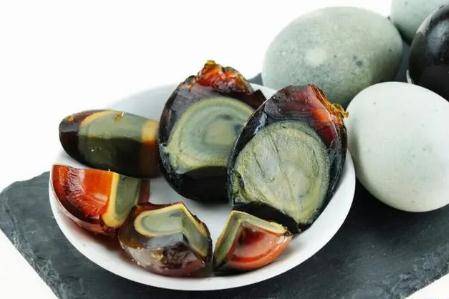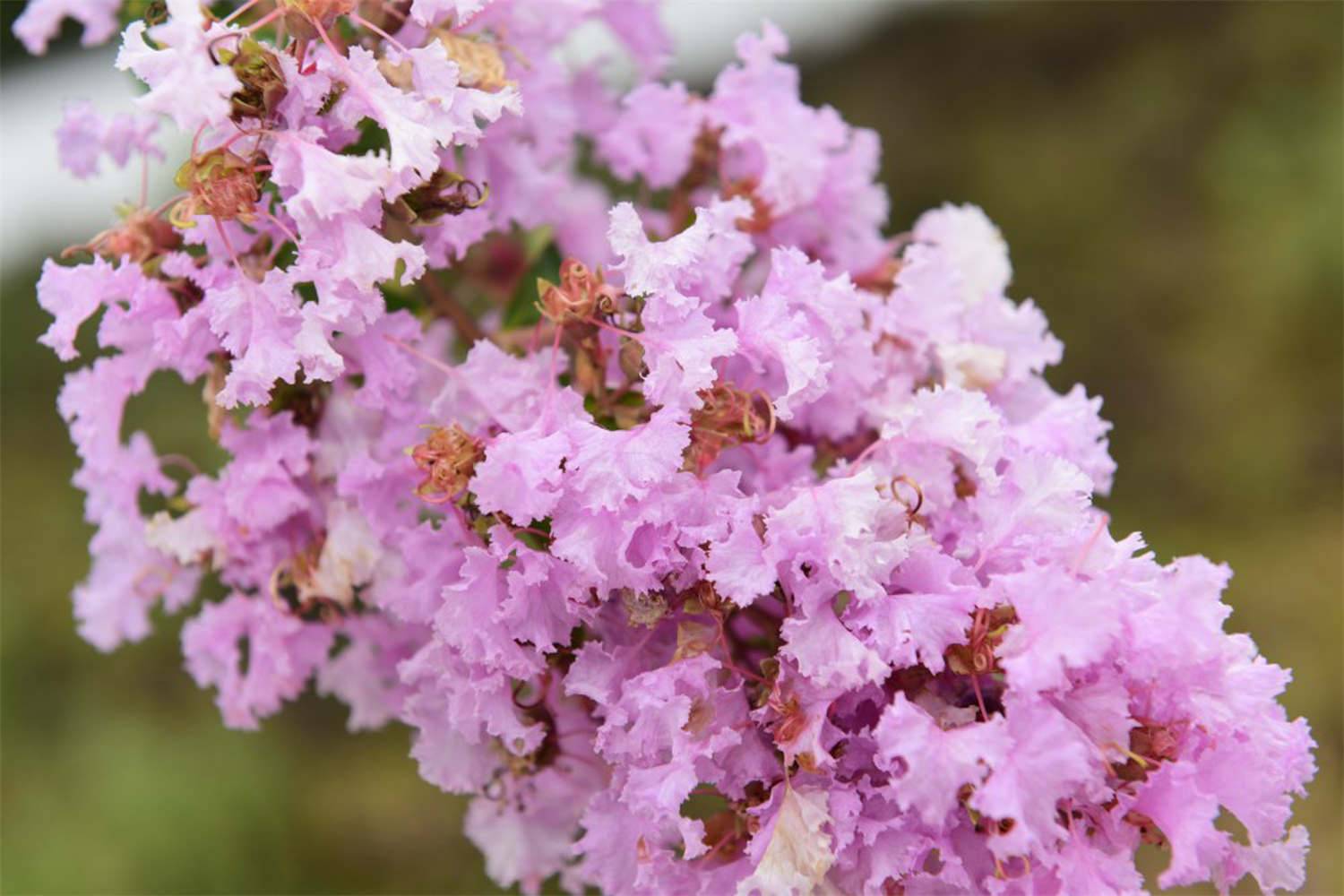
黄石松花皮蛋的英语:Yellowstone Songhua Century egg
黄石松花皮蛋为黄石八珍之一,倍受黄石人喜爱和呵护,逢年过节黄石松花皮蛋一定是走亲访友的必备珍品,特别是我国传统节日——端午节,家家户户都要买上一两盒黄石珍品——松花皮蛋给端午增添不少节日气氛,可见其珍,“珍”点了佳节。

(2019)近日有报道显示,华人海外卖松花蛋被查。报道显示,位于意大利西西里岛卡塔尼亚省Misterbianco的一家华人店铺,警方总共查扣了800颗蛋,里面除了松花蛋,还有咸鸭蛋。警方说,虽然这些松花蛋在中国是特色食品,但是在意大利是被禁止的,而且来源不明,两名华人也被通报给卫生机构处置。
事实上,不少外国人由于松花蛋的制作方式及外观很难接受松花蛋。那么,松花蛋的英语应该怎么说呢?新东方网留学频道在此和大家分享有关松花蛋的英文说法及其制作方式介绍。
松花蛋也称皮蛋,其英文为century eggs(世纪蛋)或preserved eggs,应该来自于松花蛋超长的保质时期。
Century eggs, also known as preserved egg, hundred-year egg, thousand-year egg, thousand-year-old egg, millennium egg, skin egg and black egg, are a Chinese preserved food product and delicacy made by preserving duck, chicken or quail eggs in a mixture of clay, ash, salt, quicklime(生石灰), and rice hulls(稻壳) for several weeks to several months, depending on the method of processing.
Through the process, the yolk(蛋黄) becomes a dark green to grey color, with a creamy consistency and strong flavor due to the hydrogen sulfide(硫化氢) and ammonia(氨气) present, while the white(蛋白) becomes a dark brown, translucent jelly(半透明果冻状) with a salty flavor. The transforming agent in the century egg is an alkaline(碱性的) salt, which gradually raises the pH of the egg to around 9–12, during the curing process(腌制过程). This chemical process breaks down some of the complex, flavorless proteins(蛋白质) and fats(脂肪), which produces a variety of smaller flavorful compounds(化合物).
Some eggs have patterns near the surface of the egg white that are likened to pine branches, and that gives rise to one of its Chinese names, the pine-patterned egg.
声明:本文内容来源网络收集和网友自主投稿,本平台为信息承载服务,如有侵权联系管理删除。暂不接受AD,谢谢!









